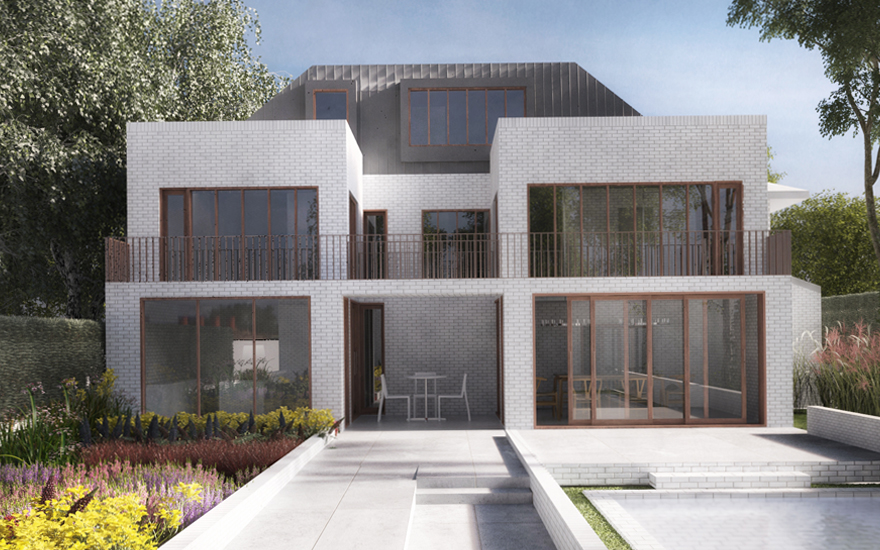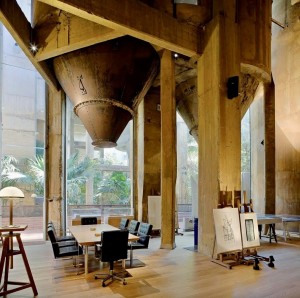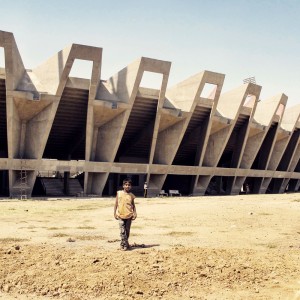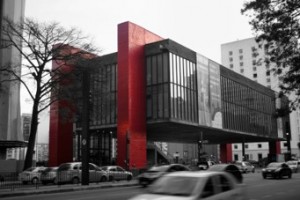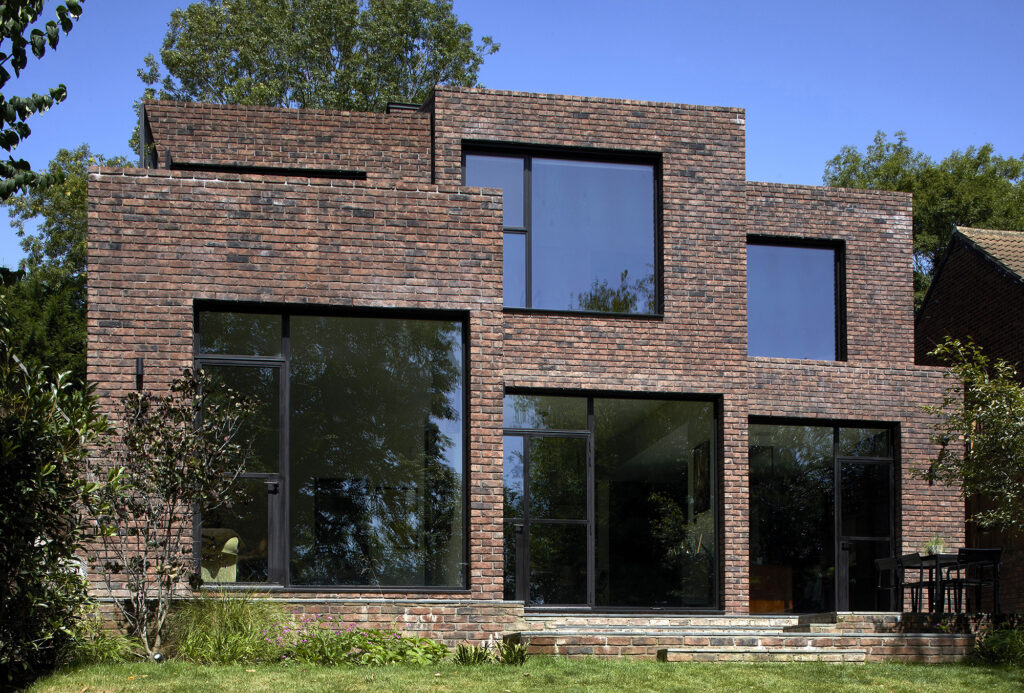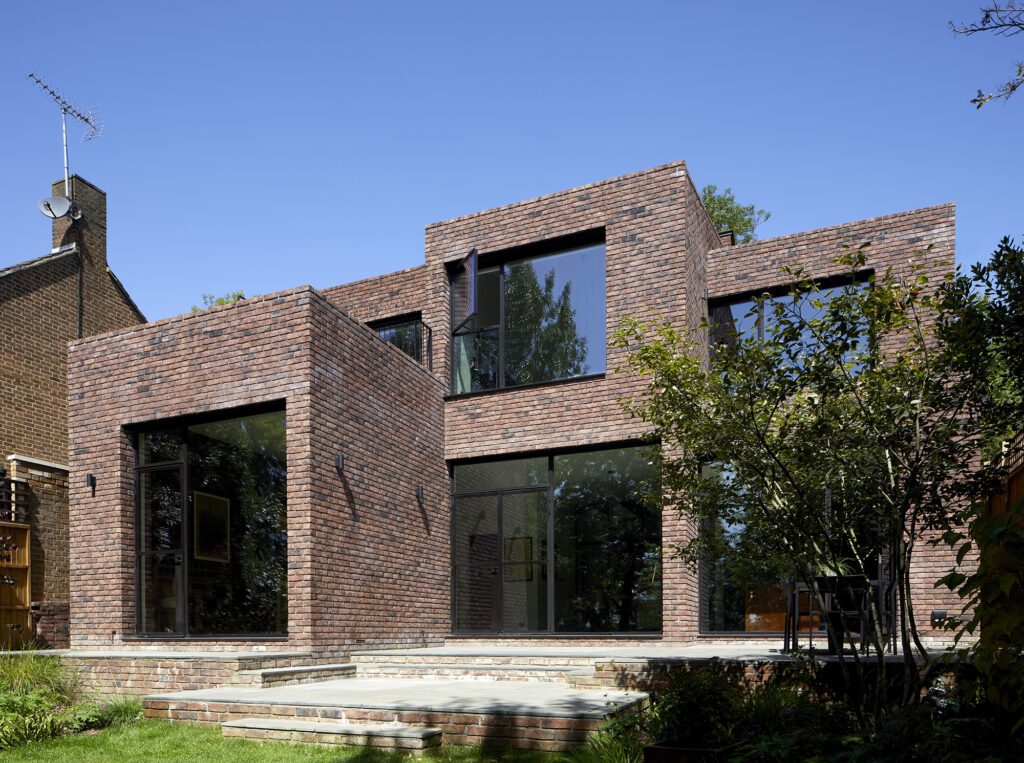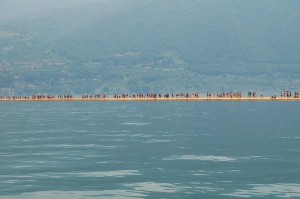According to the World Green Building Council, the built environment is currently responsible for 39% of global energy related carbon emissions, split between operational (28%) and materials and construction (11%).
In Europe, the construction sector accounts for 40% of the continents energy and CO2 emissions, more than aviation and shipping combined.
As we reported in our previous blog on Eco Homes, emissions have hit a new high in the sector, and it is the largest single contributor to greenhouse gases with the gap growing between its current standing and the decarbonisation targets of 2050.
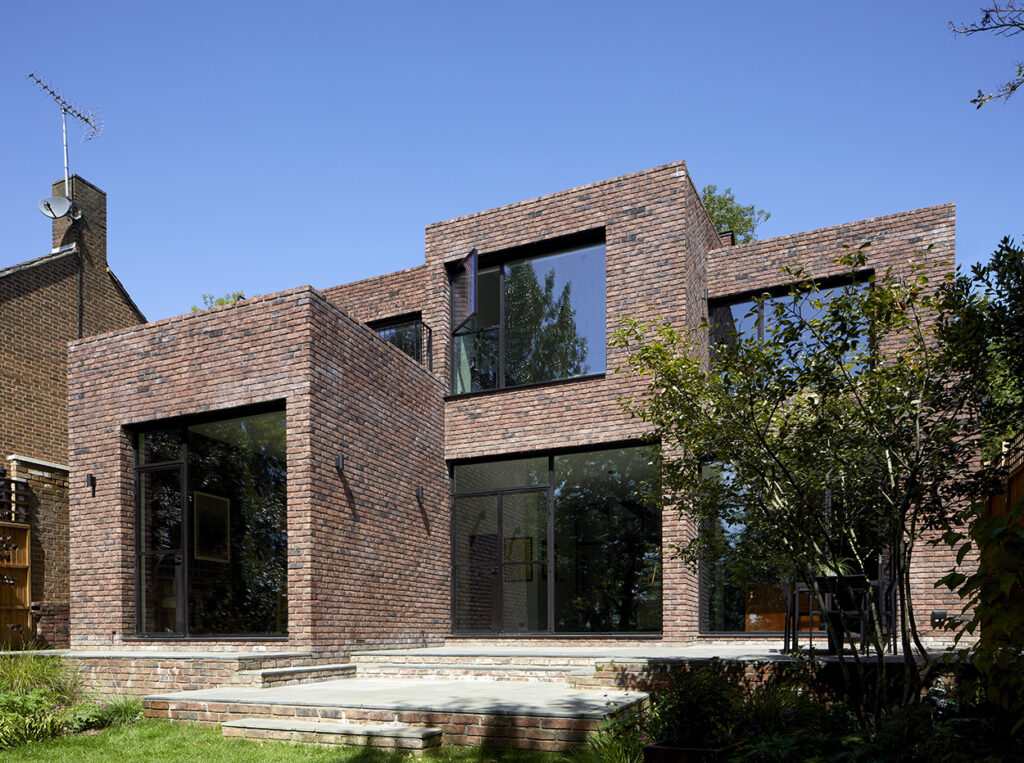
With projections that the world’s population will reach 10billion by the middle of the century, leading scientists have stated we can only support 0.5 to 1 billion in terms of resources and emissions if drastic change does not occur.
Whilst many of us think of emissions resulting from the operational use of a building, the heating, lighting, cooling etc it is the upfront carbon emissions or embodied energy and its reduction that is critical as we look to achieve net zero.
In this article we examine this very topical and critical issue in the fight against climate change. As architects, how can we reduce the embodied energy of a building at the design stage, ensure sustainable development, and create buildings which are truly low carbon?
What is embodied energy?
When looking at the total whole life energy of a building and the resultant emissions, it comprises operational energy and embodied energy.
Operational energy is that used through the consumption of heating, lighting, cooling, electricity etc.
To date Government legislation and the general focus has been on reducing the operational energy of buildings, through using renewables such as solar, heat pumps, triple glazing etc and a shift away from fossil fuels.
As we strive to meet net zero targets by 2050 and aim to achieve a 68% reduction in carbon emissions by 2030 the spotlight is now on embodied energy.
When it comes to a definition it is best described in the Climate Emergency Design Guide published by the London Energy Transformation Initiative 2020 as ‘the carbon emissions associated with the extraction and processing of materials, the energy and water consumption used by the factory in producing products, transporting materials to site and constructing the building.’
More simplistically, once a building is complete it embodies all the non-renewable energy and ‘upfront’ emissions associated with its build, from the extraction, processing, manufacture, and transportation of materials through to its eventual maintenance (in-use stage) and demolition/disposal (end-of-life).
It is for this reason that it is sometimes referred to as an invisible threat or even by some as ‘the dark side of the construction industry’ as unlike pollution coming from factories, cars, and homes you cannot see it, and that is what makes it so dangerous to the future of the planet as our population expands.
Even the most efficient of buildings can see 95% of their life-cycle carbon expenditures occur during initial construction.
It can be defined in two separate ways dependent on how you are assessing it:
- Cradle-to-site this approach looks at the processing and manufacturing of all individual building elements up to transportation to and assembly on site.
- Cradle-to grave – the energy consumed by a building throughout its life. This approach can be broken down to the initial energy required to produce a building; that needed to refurbish and maintain the building, and that required when it is demolished. This does not include operational energy.
How do you measure embodied energy?
The more highly processed a product the greater its embodied energy whereas a sustainable material or product has low levels. Cement production for example counts for 5% to 7% of global emissions with one ton releasing 900kg of carbon into the atmosphere whereas.
The UK construction industry is the largest consumer of resources, consuming more than 400million tonnes of material a year with this accounting for around 10% of UK carbon emissions.
As buildings and other projects in the built environment are made up of diverse types of materials utilising various construction systems there are varying levels of embodied energy which makes calculation complex.
Even if you use the same product, the efficiency of the production processes, the sources of energy and how the materials are transported can differ greatly. In addition, varied materials and products have different capacities when it comes to reuse and recycling.
As you would expect International Standards have been developed for reaching a calculation these include ISO 14067:2018 Greenhouse gases – Carbon footprint of products – Requirements and guidelines for quantification.
Any calculation tends to be performed as a subset of a Lifecycle Assessment Framework (LCA). This widely used tool assesses the environmental impacts of processing systems and decisions related to the life cycle of a product or service (cradle-to-grave) by:
- Assessing and compiling an inventory of energy, waste, and material inputs and environmental releases related to a particular product or service this will range from the extraction of raw materials, refinement, manufacturing, and transportation to site
- Evaluating the potential environmental impact of these inputs e.g., global warming and emissions
- Interpreting the results to help shape and inform any design and planning decisions
There are also a range of databases available which provide information on the embodied energy of a wide variety of materials used in construction, such as the Environmental Performance in Construction (EPC) Database produced by the University of Melbourne.
As an approximation and according to the Climate Emergency Design Guide per average building, 64% of the embodied energy comes from the product and materials used, 25% from maintenance and replacements, and 8% from transport.
How can architects help to reduce embodied energy?
With greenhouse gases emitted at every stage of the construction cycle and an increasing sense of urgency, the UK design and build community has stepped up to the challenge of combating embodied energy, re-thinking design, and making a positive impact on the world around us.
As a RIBA Chartered Practice we follow the RIBA plan of work which has embedded sustainability outcomes across all eight stages, we are also committed to the RIBA 2030 Climate Challenge and Architects Declare both of which are placing the climate emergency front and centre.
Alongside this we have formed a close working relationship with expert sustainable design and construction consultants Eight Versa who specialise in building performance analysis, ecology appraisal and enhancement, and environmental assessment.
These activities and our continued professional development in the field will help us to ensure we continue to design with a climate conscious and forward-thinking mindset, creating efficient, attractive, and effective buildings which in their selection of materials and processes help to reduce embodied energy and our carbon footprint.
With sustainable building beginning long before construction, the initial design stages have a major part to play, and we look to incorporate the following where appropriate:
- Utilising alternative materials such as timber, hempcrete and rammed earth which all have low embodied energy content
- Limiting carbon-intensive materials such as aluminium and plastics
- Sourcing materials close to site to reduce transportation
- Considering the reuse, recycling, and salvaging of materials from other projects where applicable such as brick, metals, concrete, and wood
- Striving for maximum structural and space efficiency thereby limiting the quantity of materials needed for construction without of course reducing the end quality
- Designing for the reuse and recovery of the building, when you destroy a building the total of its embodied energy is wasted to then start all over
- Designing for future use, thinking about the ways a building can be adapted throughout its lifespan to reduce retrofit
- Looking to limit materials used in finishes i.e., rather than carpeting, polished concrete flooring utilises the existing structure as does unfinished ceilings
- Reducing waste with approaches such as off-site construction
It is important to achieve a balance however when designing buildings which use materials with low embodied energy as they may require higher operational energy in terms of heating and cooling and vice-versa.
For example, using substantial amounts of thermal mass such as concrete which as we have seen in high in embodied energy can reduce operational heating and cooling needs in homes that are well-designed and insulated, and which incorporate passive design principles.
As the global population increases, reducing the amount of embodied energy in buildings is critical to our future.
Whilst those within the built environment have embraced the move towards lowering operational energy related emissions, combatting climate change means we must now do the same at every life-cycle stage of a building.
Radical and co-ordinated thinking is required if we are going to tackle this emergency as an industry.
Please contact us at mail@risedesignstudio.co.uk to discover more about the steps we are taking and how they can benefit your project.
If you would like to talk through your project with the team, please do get in touch at mail@risedesignstudio.co.uk or give us a call on 020 3290 1003
RISE Design Studio Architects company reg no: 08129708 VAT no: GB158316403 © RISE Design Studio. Trading since 2011.

